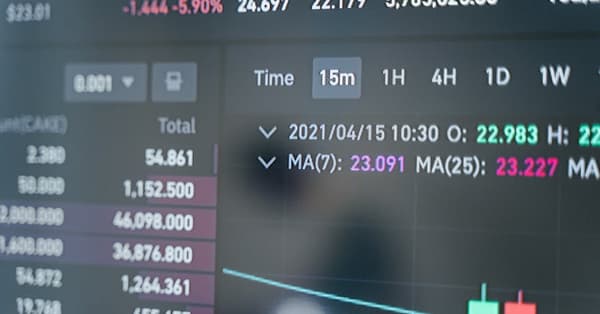XRP's Dramatic Drop: What It Means for Crypto Investors
XRP’s recent 35% decline raises critical questions for traders. Explore the market dynamics and implications for digital assets in today's economy.
The crypto market has recently taken a hit, with XRP's price experiencing a notable downturn. In the last two weeks, XRP has dropped by about 35%, bringing its market capitalization down to roughly $15 billion. This decline really underscores how vulnerable digital assets can be amid current macroeconomic pressures, like rising inflation and shaky regulatory frameworks.
If you're navigating these waters, understanding the dynamics of selling pressures—especially from whales—is crucial, particularly in the meme coin sector. These selling activities can create both opportunities and risks, which can directly affect the valuations of lesser-known tokens.
In this article, we’ll dive into XRP’s recent market behavior, the impact of whale activity on crypto trades, actionable insights for you as a meme coin trader, and the broader economic factors shaping these markets.

XRP's recent sell-off has been heavily swayed by whale activity, with reports indicating that around $400 million worth of XRP was offloaded in just 48 hours. These whales are typically wallets holding large amounts of XRP and are known for reacting quickly to market signals.
The Fear & Greed Index is currently sitting at a 14 (Extreme Fear), which shows a lot of anxiety among traders. XRP is trading below significant moving averages, like the 50-day and 200-day averages, signaling a prevailing bearish sentiment in the market.
Looking at the price charts, XRP has critical resistance levels around $0.55, with support levels hovering at $0.40. Short-term predictions hint at potential declines if selling pressure keeps up, but medium-term forecasts might stabilize if the broader market conditions improve. [link: technical analysis]
Whale wallets, which are addresses holding a hefty amount of cryptocurrency, play a pivotal role in market dynamics. Historical trends show that when these large holders offload, it can trigger selling cascades that impact retail investors significantly.

Patterns suggest that whales typically sell off assets during price rallies or right before significant events, adding to market volatility. By correlating whale movements with price changes, you can gain insights into potential market directions. [link: whale movements]
Tools like Whale Alert and Glassnode are essential for keeping tabs on whale activity. Understanding on-chain data can really help you react more effectively in this fast-paced environment.